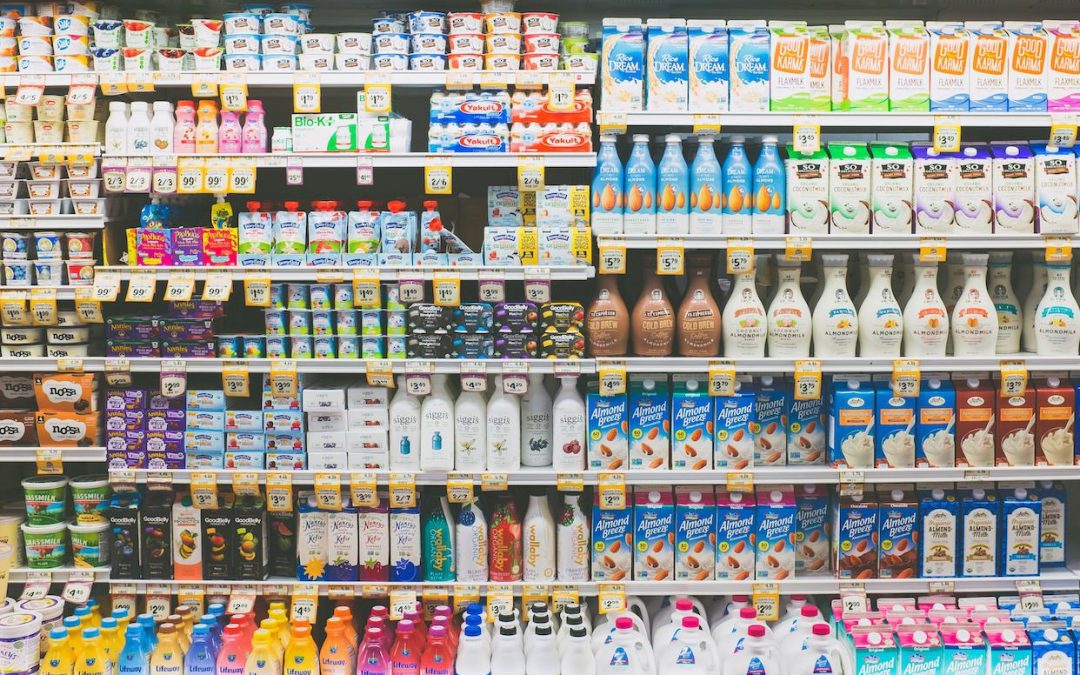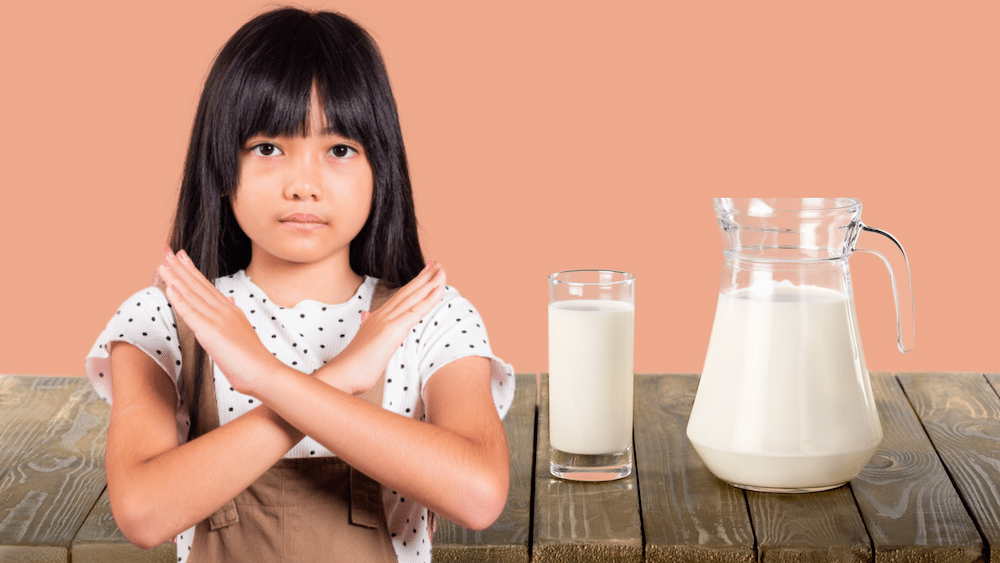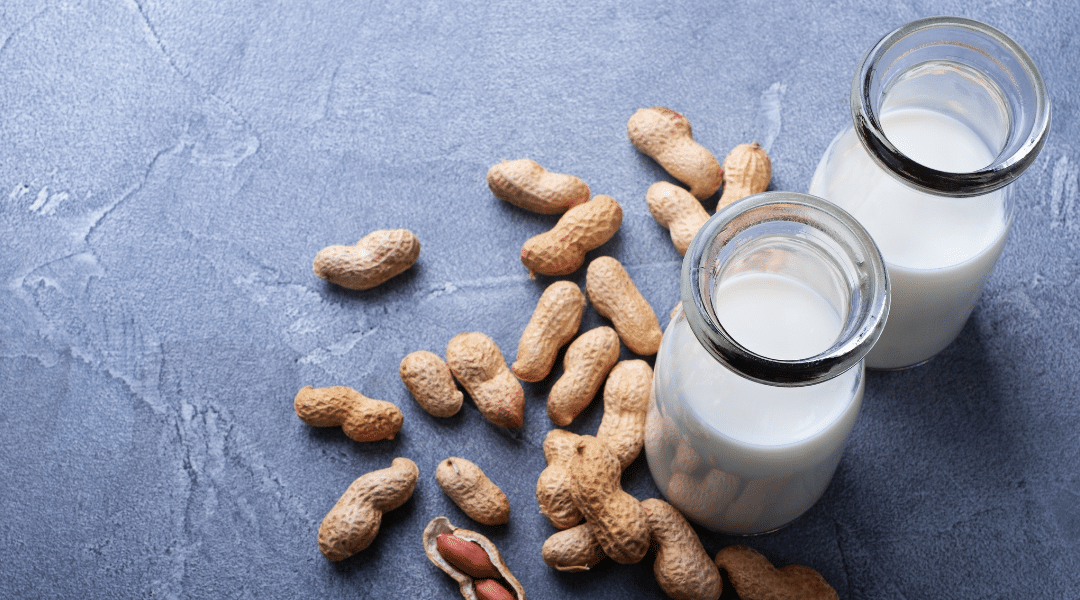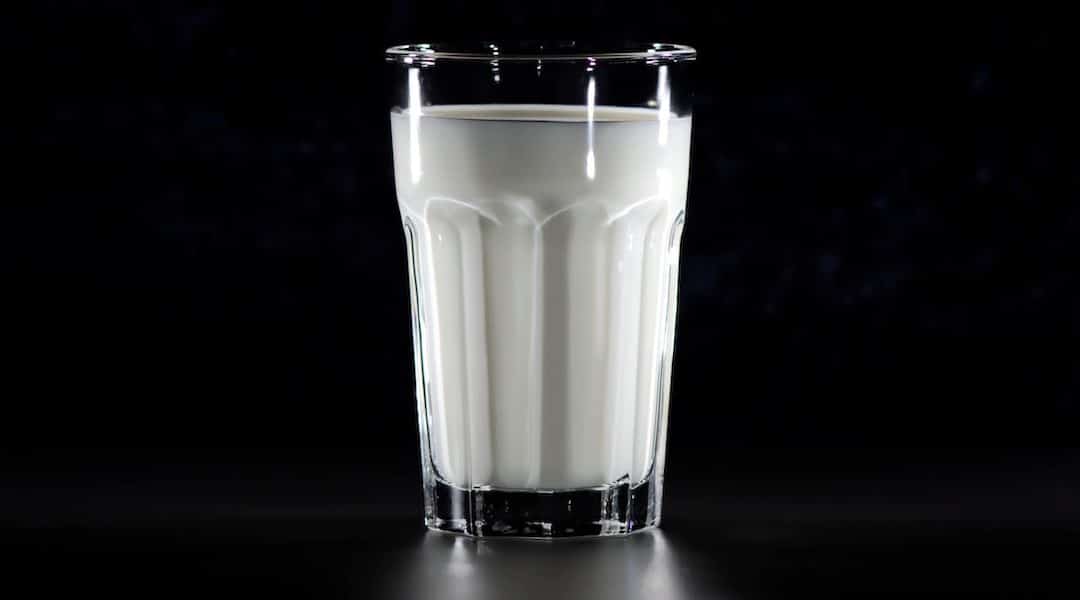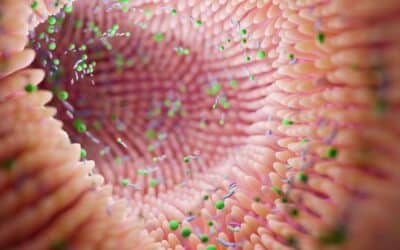Estimated reading time: 5 minutes
By Tiffany Bruno, Director of Education at Switch4Good
Despite what social media influencers tell you, the way your body responds to foods can vary widely, especially around sugar and carbohydrates. It’s true that consuming sugars lead to increased blood glucose levels, but this is the natural physiological response to eating and digesting food. Your body and brain need energy to thrive, and its preferred source comes from carbohydrates.
Normal Blood Sugar Highs and Lows
When you eat, your blood sugar (also known as blood glucose) increases because the carbohydrates are getting broken down into glucose and then absorbed into your bloodstream. Insulin is then released and takes the glucose out of your bloodstream and into your cells, providing energy. This process brings your blood glucose level back down to within a normal range.

When a lot of glucose rapidly enters the bloodstream, the normal response is for the body to also release a lot of insulin. This may lead to an overcorrection– where the body releases more insulin than is needed for a “normal” response, and leads to blood glucose levels that are also lower than normal. This is essentially a sugar crash, and can leave you feeling tired, irritable, and sometimes light-headed.
Although we don’t want a rapid drop, we also want to avoid blood glucose levels staying too high. A diet high in saturated fats, especially from animal products like dairy, can result in insulin resistance. Your body may be producing insulin properly, but it is not able to get into the cells to perform its job. This can ultimately contribute to type 2 diabetes because your body is not able to lower your blood glucose levels as biologically designed.
How Dairy Contributes to Insulin Resistance
When looking at the standard American diet, animal products like dairy are the top sources of saturated fat that contribute to insulin resistance. The fat found in dairy products is approximately 60% saturated. By comparison, the fat in avocados is only 13% saturated and the fat in cashews is 18% saturated. So while some plants contain saturated fat, it is substantially lower than animal and dairy products.
An easy and effective way to drastically reduce your saturated fat intake is to switch to dairy-free alternatives. You don’t need to give up your favorite creamy products, you just need to switch varieties. There are abundant options for plant-based milks, cheeses, ice cream, yogurts, and more available in grocery stores. If you prefer to make your own from scratch, check out some of our most popular recipes including our cheese sauce, strawberry ice cream, and feta salad.

Plus, many plant-based alternatives for dairy products have additional health qualities such as fiber, which has been shown to improve insulin resistance. Therefore, switching from dairy to healthier, plant-based options provide more than one pathway to improving your blood glucose levels.
Dairy Products, Non-dairy Alternatives, and Blood Sugar
Some non-dairy alternatives are getting a bad reputation for causing blood glucose spikes. However, their potential effects are being taken out of context.
An 8 ounce serving of sweetened vanilla almond milk has 14 grams of carbohydrates and 13 of those come from added sugars. Although the added sugars can lead to increased blood glucose levels, the sugar content is still relatively low overall. For comparison, this is less sugar than in just 5 Sour Patch Kids.
Looking further, unsweetened soy milk only has 4 grams of carbohydrates, less than 1 gram of sugar, and boasts 2 grams of fiber per 8 ounce serving. This is very low and will have minimal effects on blood glucose. Plus, soy milk has healthy poly- and monounsaturated fats, as well as fiber, which will slow the carbohydrates’ digestion in addition to their other inherent health benefits.
How does cow’s milk stack up? An 8 ounce serving of milk has 12 grams of carbohydrates. All of that comes from sugar, primarily lactose. (Do you think you’re lactose intolerant? Find out here). Cow’s milk also has no fiber, and its fat content is 60% saturated fat. Even the reduced fat variety contains 3 grams of saturated fat. That’s three strikes against cow’s milk for managing blood glucose: high in sugar, high in saturated fat, and no fiber.

Other Dietary Factors to Improve Blood Sugar
There are dozens of factors that can affect how your body responds to the carbohydrates in food. Dietary factors are often more controllable than others, such as stress and lack of sleep, and should help you feel empowered to take control of your health every time you eat.
The entire composition of your meal is the first thing to look at. Are you consuming just carbohydrates? And what kind? Jelly beans and kidney beans are not created equally and will have different effects, even if their carbohydrate content is the same.
Like previously mentioned, fiber can drastically reduce the rate of glucose entering your bloodstream by slowing the carbohydrates’ digestion. Fortunately, fiber is found in all plants. Whole grains, legumes, fruits, and vegetables are great sources of fiber that can easily be incorporated into any meal or dietary pattern.
Fats and proteins have a similar slowing effect. Therefore, pairing carbohydrates with other macronutrients and fiber is beneficial for maintaining healthy blood glucose levels. Your digestive system and microbiome will also reap fiber’s benefits.

Conclusion
If you are concerned about your blood glucose levels, or have noticed you are particularly sensitive to changing levels, removing dairy products and replacing them with plant-based alternatives is a smart decision that will benefit many other aspects of your health.
For more information on type 1 diabetes, check out this article from registered dietitian and Certified Diabetes Educator Lauren Plunkett.
Learn more about blood glucose levels, insulin resistance, and type 2 diabetes from some of our experts:
Secrets To Mastering Diabetes With Robby Barbara & Cyrus Khambatta
Fiber Is Our Favorite F Word With Diabetes Dietitian & Author Lauren Plunkett
Prevent And Reverse Type 2 Diabetes With Diana Licalzi & Jose Tejero
Download The Dairy-free Fridge Makeover
REFERENCES →
-
-
-
- Nakrani MN, Wineland RH, Anjum F. Physiology, Glucose Metabolism. In: StatPearls. Treasure Island (FL): StatPearls Publishing; July 17, 2023.
- FoodData Central. US Department of Agriculture. https://fdc.nal.usda.gov/index.html. Accessed May 3, 2024
- von Frankenberg AD, Marina A, Song X, Callahan HS, Kratz M, Utzschneider KM. A high-fat, high-saturated fat diet decreases insulin sensitivity without changing intra-abdominal fat in weight-stable overweight and obese adults. Eur J Nutr. 2017;56(1):431-443. doi:10.1007/s00394-015-1108-6
- Weickert MO, Pfeiffer AFH. Impact of Dietary Fiber Consumption on Insulin Resistance and the Prevention of Type 2 Diabetes. J Nutr. 2018;148(1):7-12. doi:10.1093/jn/nxx008
-
-
This article is not intended to be medical advice. Please consult with your healthcare team.

